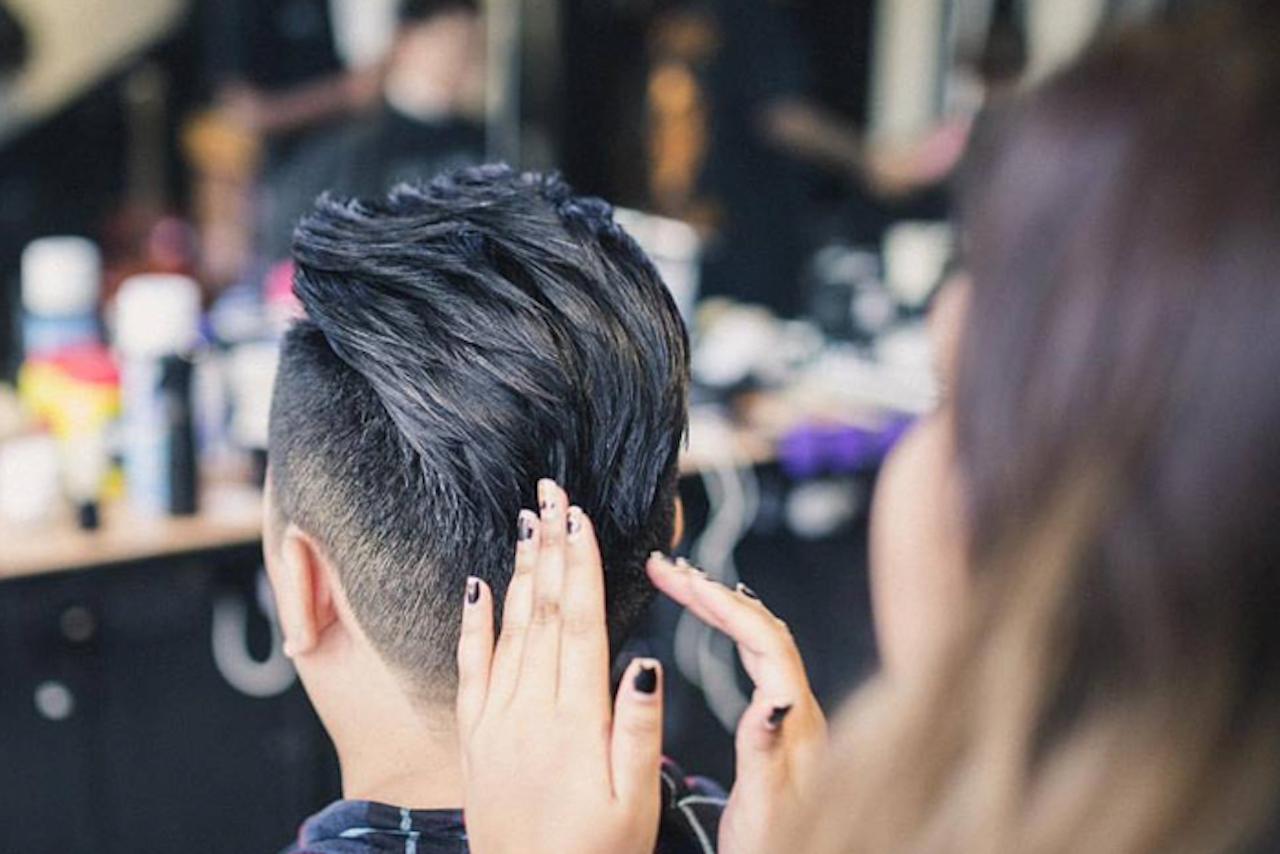If you ask any man about his hair, you’re going to get one of two answers: he’ll either tell you that he goes to great lengths to style his locks every day or he’ll say he doesn’t give a shit. After all, it’s just hair. Cut, grow, rinse and repeat.
Unlike women, who have impossibly complex relationships with their mane, us guys either love our hair or tolerate it. There is no middle ground.
That said, it’s totally possible to jump from one camp to the other. Back when I was a vain teenager in secondary school, my hair was more important to me than I care to admit but these days, I really couldn’t care less.
Of all the ways I’ve shaped or trimmed my tresses over the years, however, there’s only one that has caused a storm of judgement to rain down on me: the undercut. As soon as my friends saw my new look, I was labelled a “fuckboy” and/or “douchebag”.
It seems that for whatever reason, society has collectively associated the hairstyle with a less than favourable impression of its adopter.
But how did something as simple and innocuous as a hairstyle come to represent the nation’s fuckboys?
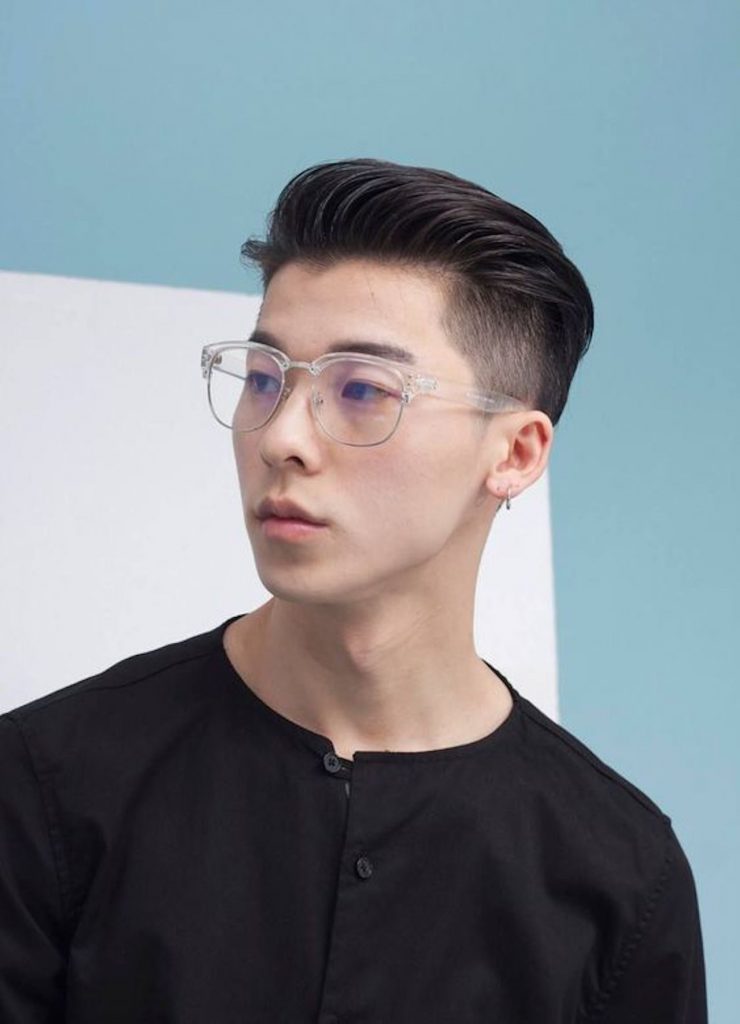
Differing from the regular $11 ‘Uncle, top short side and back slope thank you’ haircut you get from your neighbourhood salon, an undercut means the hair on the sides and back of your head will be shaved extremely short, while leaving the hair on top long and untouched.
Think dubstep DJ Skrillex; think Johnny Depp as Gellert Grindelwald; think wrecking-ball Miley Cyrus.
If you’re still having trouble visualising what an undercut looks like, however, put this article on hold for a moment and head to your nearest neighbourhood bank, furniture store or car workshop. Once there, take a long hard look at the salesmen’s hair. Alternatively, save yourself the trouble and just ask a hairdresser.
As 57-year-old Mr Mohammed Fauzi, a barber of close to 36 years, meticulously shaves the back of my head (uncle-top-short-side-and-back-slope-thank-you), he tells me that only in the past eight years have customers walked into his humble barbershop and asked for the undercut—or what he likes to call the “playboy haircut”—again.
Upon hearing this, I turn around so fast I almost ruin his hard work. The man is not pleased. But as I explain my surprise, Mr Fauzi’s jolly countenance returns.
Laughing, he explains that the undercut has always been regarded as a hairstyle that’s been somewhat outside of the law.
“Long time already! Quite rebel,” he says.
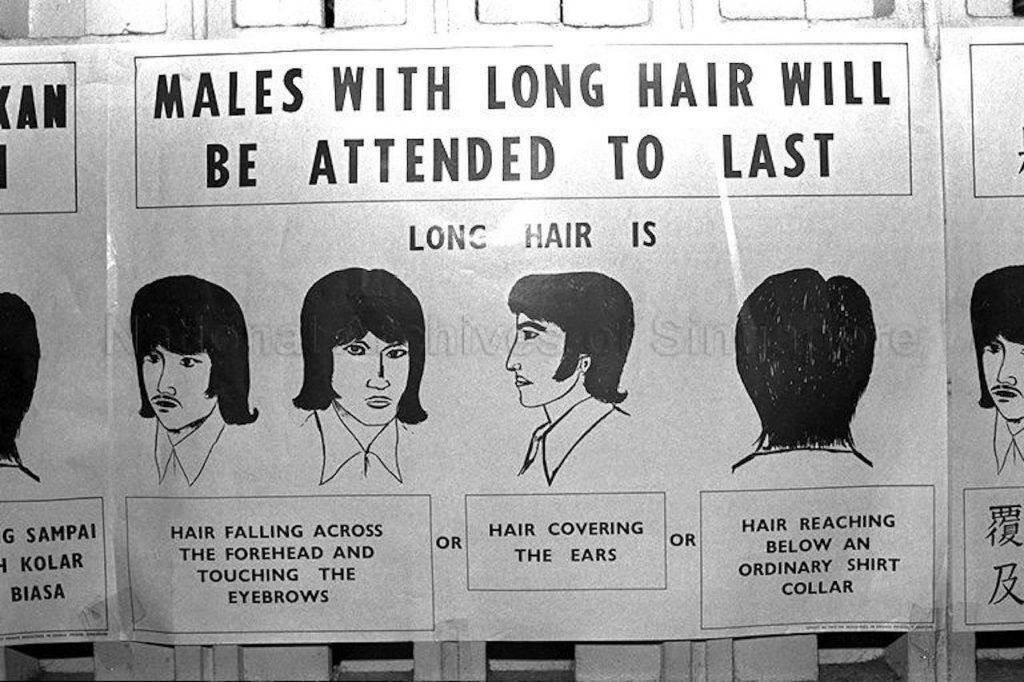
But a huge part of being a man is wanting what you’re told you can’t have. In order to get around the issue, Mr Fauzi shares that many Singaporean males started adopting the undercut to sport long-ish hair and stick it to “the man/ah gong”.
It was the perfect solution: in accordance with the government’s regulations, the short sides and back meant no hair fell below the collar or covered the ears. Likewise, because the longer hair on top was slicked back, no hair fell across the forehead or touched the eyebrows.
When the restriction on long hair was eventually relaxed, the undercut faded away. But what didn’t was its association with general badass-ery (or what Mr Fauzi terms “playboy”).
To understand why the undercut saw a resurgence, Mr Fauzi instructs me to look to the sporting world. Specifically, ex-professional football player David Beckham.
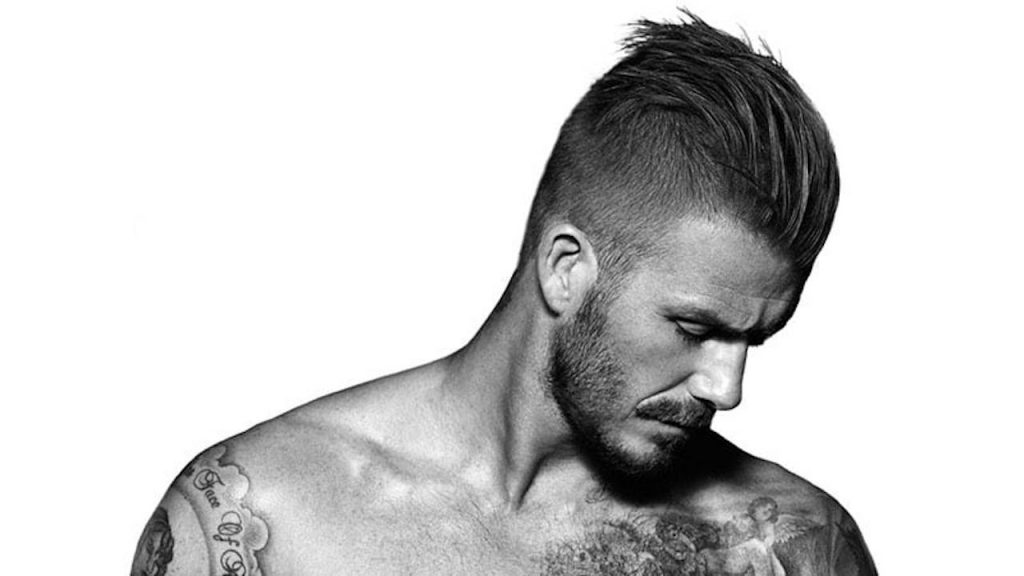
But as valid as Mr Fauzi’s explanation and theories are, he is ultimately only a barber.
In other words, he can only give you the undercut. He can never truly be sure why you asked for it.
28-year-old Reagan is an insurance agent who’s had the hairstyle for a couple of years now.
He readily admits that he first adopted the hairstyle because it was the look that was “in” at the time. The distinct contrast in length between the sides and the top looked “super cool” to him, “edgy” enough to set him apart from his goody-two-shoes-looking peers. At the same time, the cut wasn’t considered too outlandish to be inappropriate for the corporate world.
Expectedly, all of Reagan’s friends remarked that he looked like a huge douche when they first saw him with an undercut. Instead of chipping away at his confidence, their comments bolstered it.
“It meant that the hairstyle was doing its ‘job’. I first got it because it looked cool, but the longer I had it, the more I realised it helped me to be less shy. I’m not exactly a very confident guy but the undercut conveys this sense of self-assuredness—which fuckboys and douchebags have in abundance.”
Similar to how we wear nice clothes (or, as Victoria’s Secret will have you believe, underwear) to boost our self-esteem and project an image of how we want to be treated, hairstyles do the same, except they’re a more visually-arresting signal. To Reagan, it’s about personal branding—not as a fuckboy but merely someone who exudes confidence.
In a moment of total honesty, Reagan tells me he’s actually the furthest thing from a douche. All he is, is a little insecure.
So in a way, sporting an undercut is sort of like a self-fulfilling prophecy: by wearing it, people think you’re confident (even if you’re not); gradually, you start believing it too. Unfortunately, people don’t often realise this and tend to confuse confidence with being cocky.
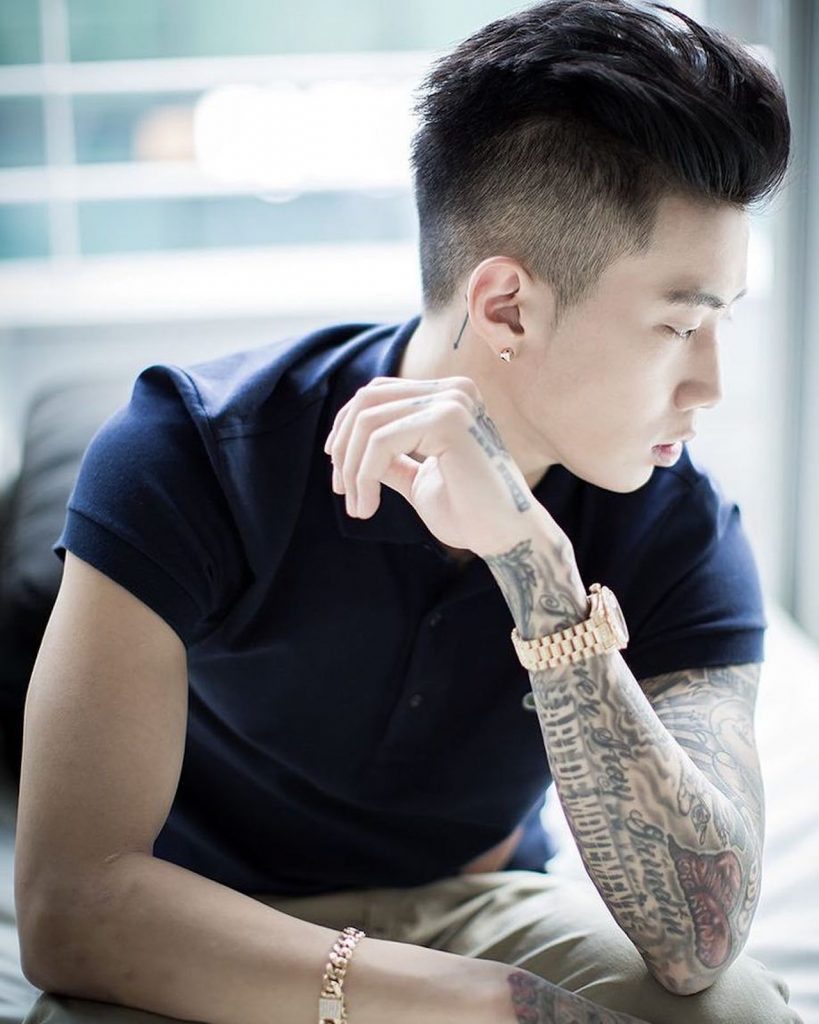
To him, the undercut is a reminder to always look presentable and actually give a shit about his appearance. Because his job is client-facing, the self-confessed “slob” can’t rock up to meetings looking like he just rolled out of bed that morning. He must dress to impress.
And here’s the thing about the undercut. It’s not a hairstyle that looks good un-styled. In fact, it looks like utter dogshit without any product. As an extension of this, the undercut looks horrible if paired with an old, tattered army tee and FBTs cut up to there.
Contrast this to the mohawk. The mohawk is pure punk. The mohawk shouts from the mountaintops that its wearer doesn’t and won’t give a fuck. The mohawk can get away with damn near anything.
An undercut doesn’t work that way. An undercut is rebellious but not lazy. It is way more subtle in its brashness. It is polished; refined.
Mathias knows this. To avoid looking like shit whenever he can’t be bothered to style his hair properly, he puts on a cap—completely hiding his undercut. What this really means, however, is that we rarely (if ever) see an unstyled undercut in the wild.
Herein lies the problem. Because we only ever see the undercut in all its styled glory, we associate the style and its wearer with vanity. We know that an undercut requires work to pull off, but we struggle with the idea that this degree of effort is something a man should concern himself with.
The undercut forces its wearer to care. And what kind of guy cares the most about his appearance?
Yup, the fuckboys and the douchebags.
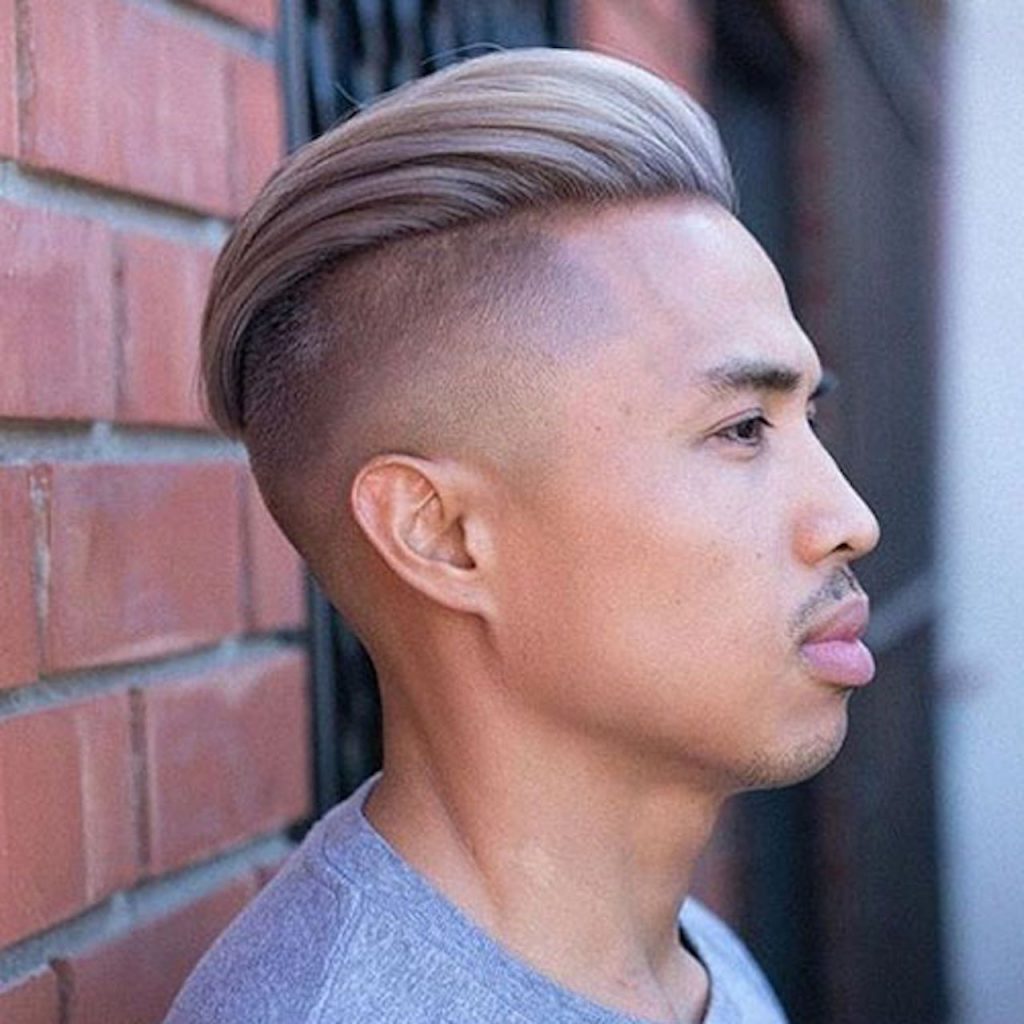
Before the days where you couldn’t throw a shot glass in a nightclub without hitting at least 20 bros who looked like inebriated pidgeottos, history tells us that the undercut was born as early as 1910.
Tracing the undercut’s murky, uh, roots back to Victorian England in the early 20th century, the style has historically been associated with poverty and the inability to afford barbers skilled enough to gradually blend (or “fade” in today’s terminology) shaved sides with the longer hair on top.
As such, the undercut was most popular amongst young British working-class men. It was a trademark of street gangs as well. The Salford Scuttlers of Manchester wore undercuts, as did the Peaky Blinders of Birmingham—supposedly because longer hair put the wearer at a disadvantage in a street fight. Thanks to the first world war, the style became even more widespread.
Due to the large number of enlistees, British military barbers apparently resorted to the undercut as a way of giving everyone a uniform hairstyle in the shortest amount of time, whilst complying with orders to aid soldiers in maintaining their personal hygiene.
By the time the war ended and the Jazz Age of the 1920s and 30s was in full swing, the undercut was considered mainstream fashion.
However, in life, there will always be that one jackass that ruins the party for everyone. In the case of the undercut, it was king douche himself, the man who put the “dick” in “dictator”: Adolf Hitler.
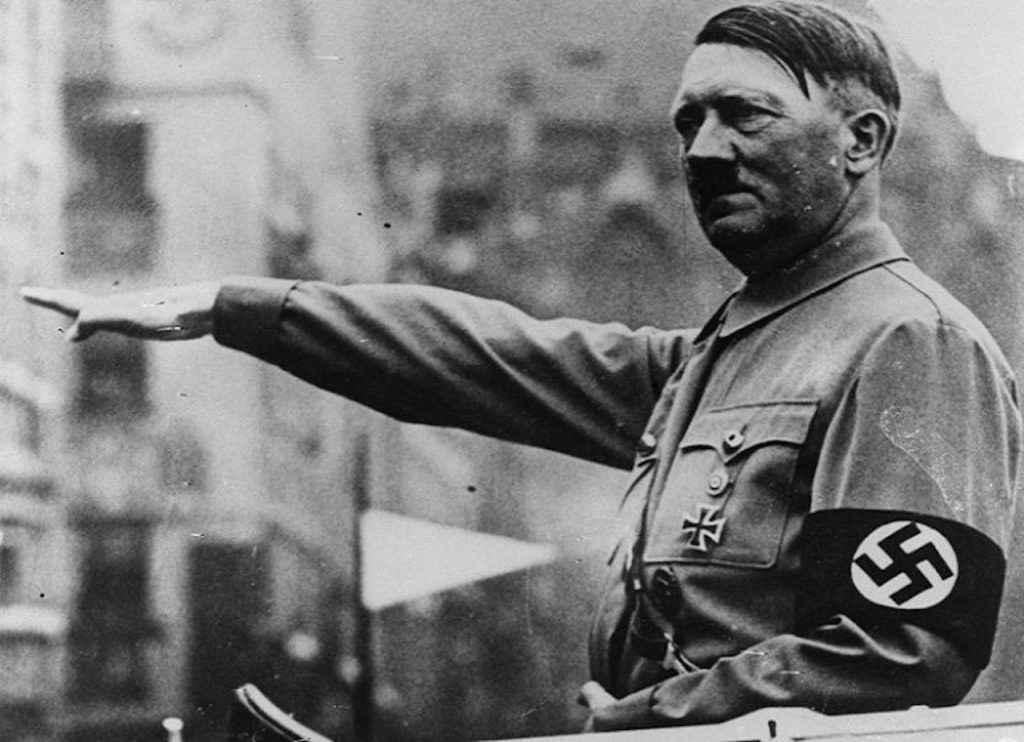
When the dust settled, no one wanted to be associated with anything related to Nazi imagery and ideology. The ball had dropped; the Germans had lost; the undercut was dead.
That is, until it resurfaced in the music scene almost 40 years later.
In the 80s, English singer-songwriter David Bowie made the undercut great again when he started rocking the look. Many other synth-pop singers of the time soon copied the icon’s hairstyle, and the undercut as everyone previously knew it came to be known as ‘the synth’.
Once again, the trend didn’t last. The 90s grunge scene favoured long, shaggy locks that were ideal for headbanging; metrosexual boybands of the 2000s preferred the short, spiky do.
But by the 2010s, the undercut was back. AGAIN. Influenced by period movies such as Public Enemies and Fury (released in 2009 and 2014 respectively)—in which actors Johnny Depp and Brad Pitt wore the style—hipsters took notice and started imitating them.
Since then, everyone from Macklemore to Cristiano Ronaldo has sported one at some point.
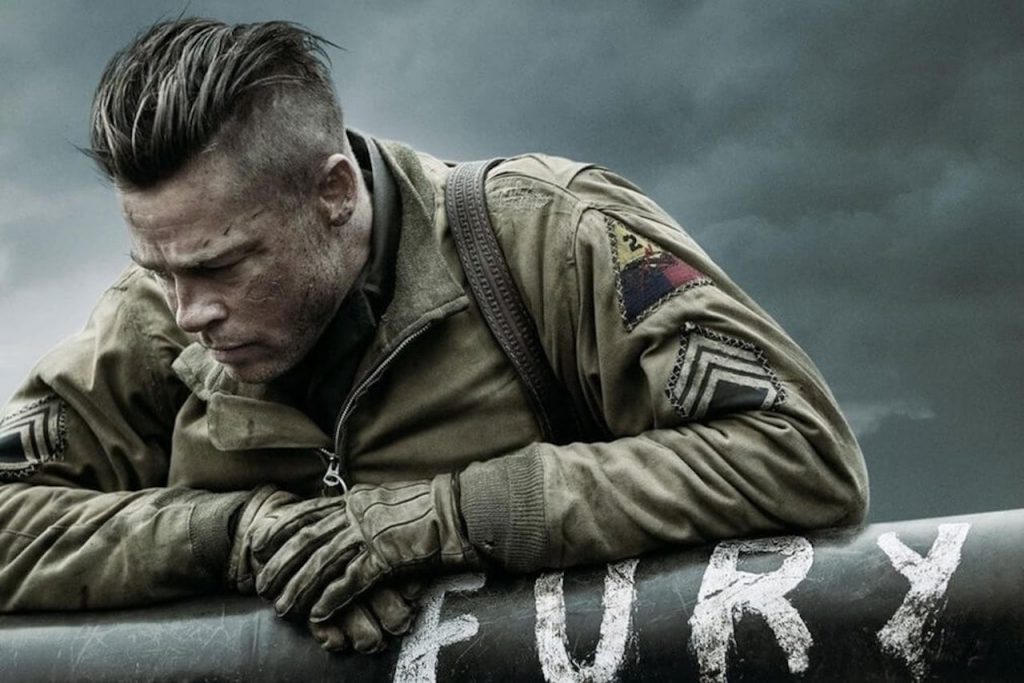
Back in 2008/9, when microblogging and social networking site Tumblr, was visited for reasons other than porn, there was a page that was already exceeding popular amongst Singaporean youths: FuckYeahIndieBoys. On it, thousands of stylised pictures of men dressed in the hippest threads—which women loved and men referred to as the bible of ‘cool’.
Amongst all the images of regular joes were those of models Ash Stymest (who later worked with designers/brands including John Galliano, Karl Lagerfeld, and Yves Saint Laurent) and James Quaintance (who went on to grace the pages of big-name fashion magazines such as Wylder and Nylon).
As you might’ve guessed, they sported undercuts. But what’s significant was that Ash and James were both covered in tattoos, often photographed with a cigarette dangling from their lips or fingers.

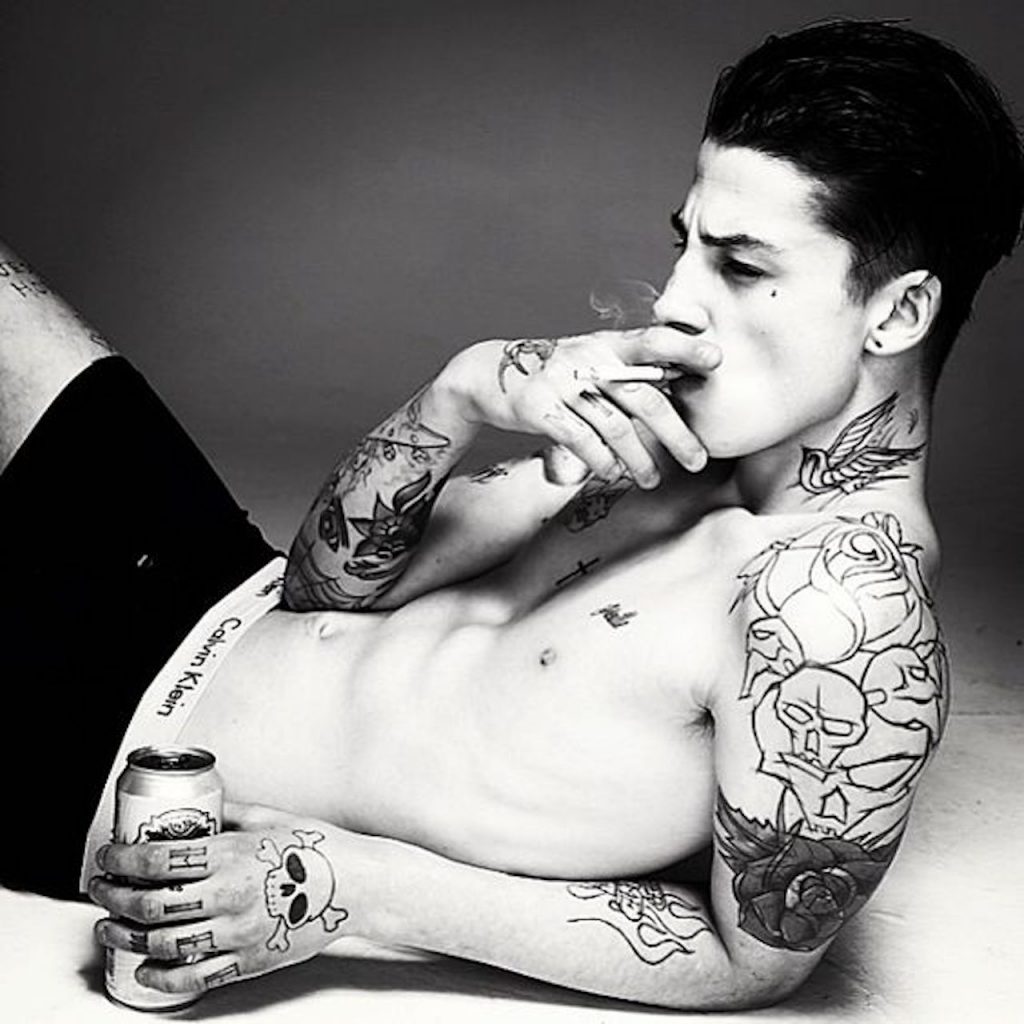
“A lot of my older customers say they remember seeing the hairstyle on Tumblr first, but Beckham made it okay to copy. Because of him, the style became more mainstream and it wasn’t so try-hard; not as poser as copying those models la, I think,” Cindy tells me.
Other than being part of the latest trend, she says the undercut’s popularity might possibly be due to the fact that it’s one of the easiest haircuts to maintain, with the short sides and back making it ideal for Singapore’s hot weather.
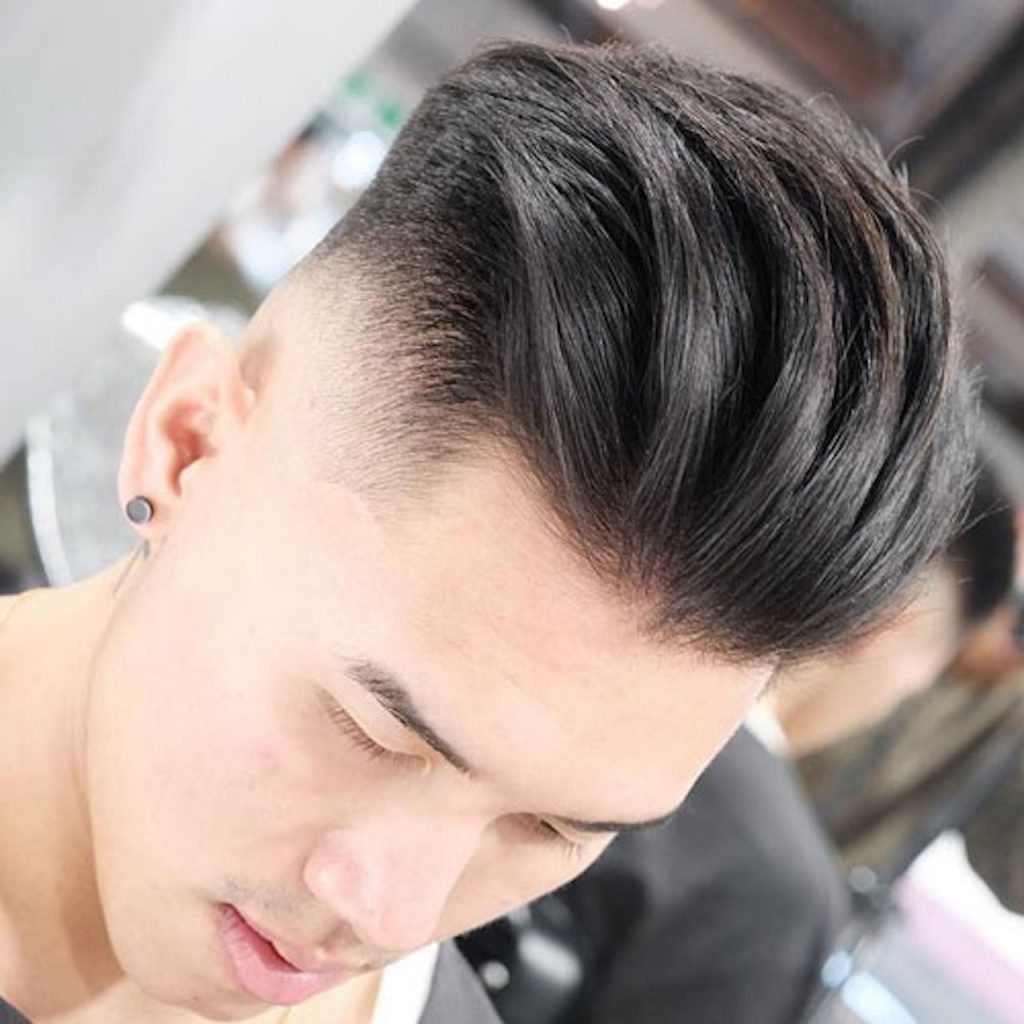
But perhaps the biggest lesson of all is that an undercut isn’t simply about hair. It’s just as much about the attitude that accompanies the hairstyle.
Because of the hairstyle’s history and traditional associations (rebellion, danger, mystery, etc), we have a stereotypical image of an undercut-sporting douchebag in our heads whenever we see someone wearing the hairstyle.
Which is fine. We resort to stereotypes because while they may not necessarily be true, they help us categorise and break down the sheer amount of information this crazy world throws at us into smaller, easier-to-understand pieces. We try our best to fit people into boxes—sometimes based on something as superficial as their haircut.
Mohawks are for punks. Dreadlocks for stoners.
The undercut, however, leaves us stumped.
By design, the undercut is a hairstyle in limbo. It’s the middle-ground. Not as extreme or loud as a mohawk, yet not as safe as a buzzcut or generic side-part. It’s the best of both worlds, but non-committal.
The reason why we approach anyone sporting an undercut with great suspicion, thinking of them as untrustworthy, is because we can’t place them. We don’t know where they fit. At a glance, they are both hero and villain.
And so to make it easier to make sense of who they are, we assume the worst. Forget giving them the benefit of the doubt. Look! The undercut-sporting douchebag!
Of course, this is bullshit. Judging a person by the way they choose to style their hair makes no logical sense.
And as to why it seems that all douchebags and fuckboys wear the undercut? That’s simply because of the sheer popularity of the hairstyle in general. The number of douches probably stayed constant—it’s just that everyone had a different haircut back then.
So the next time you see someone sporting an undercut even when the trend has long-since passed, stop and say hello. Then ask him why he still wears his hair that way.
I promise you his answer will be more interesting than you would’ve thought.

